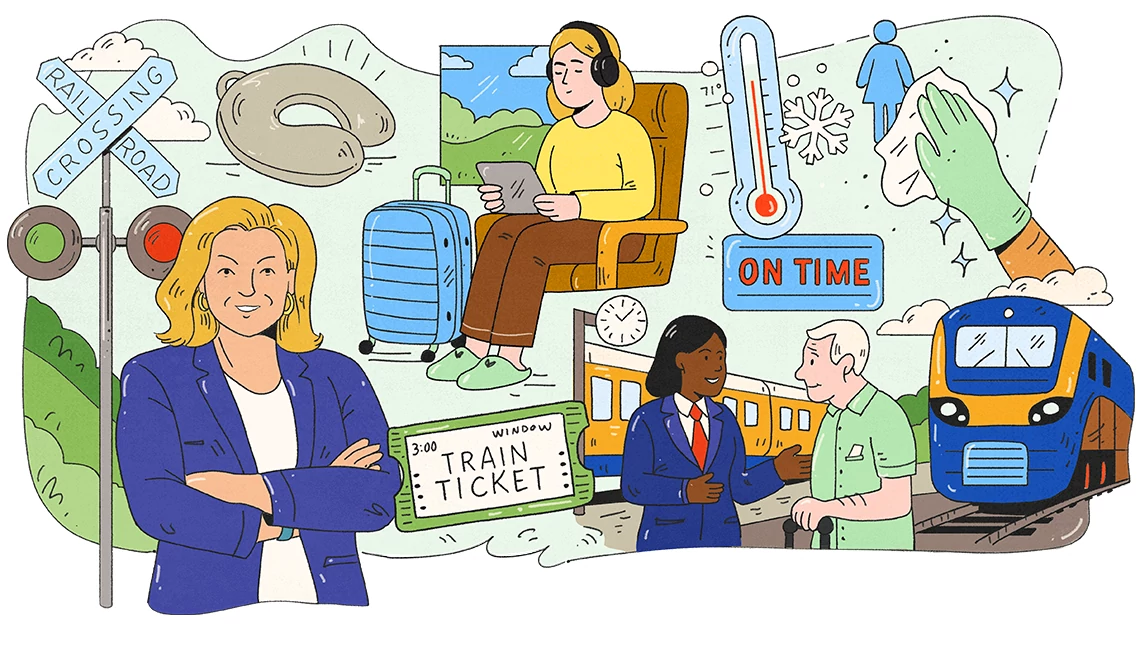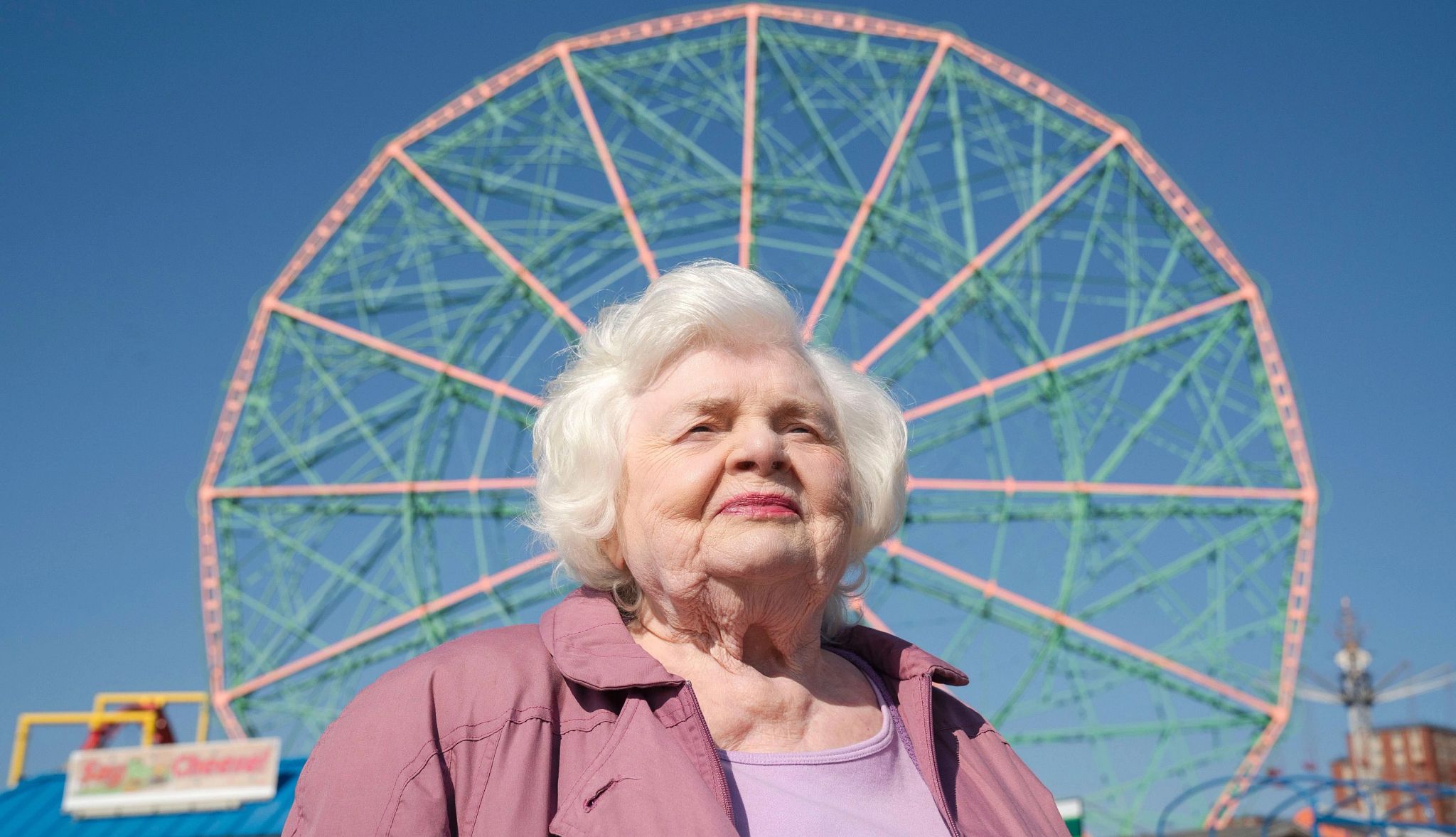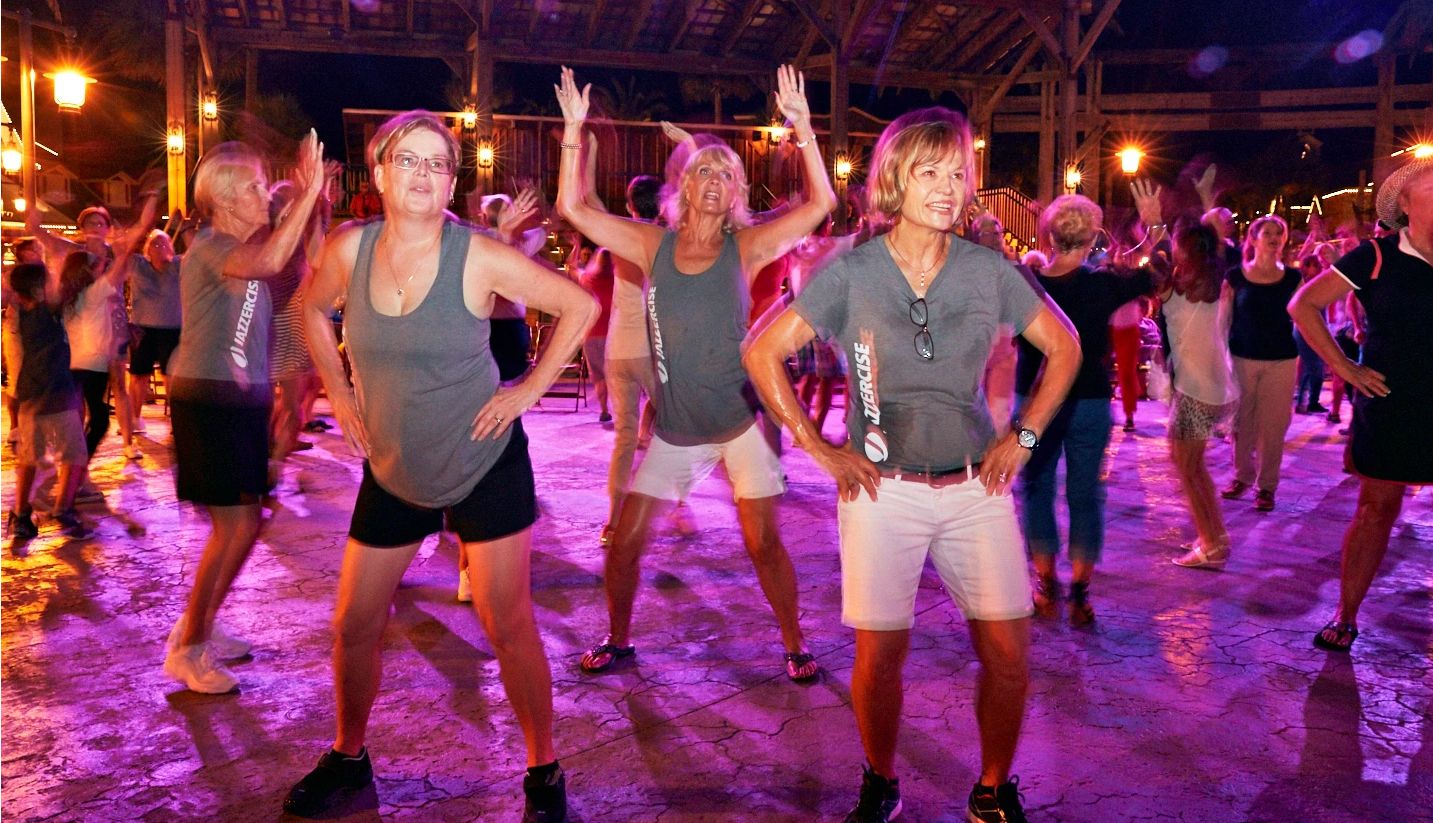AARP Hearing Center

The overhaul of several public transit stops in Greater St. Louis — partially funded by AARP — has helped leverage millions of additional investment dollars in everything from new and renovated buildings to sidewalks and landscaping.
“Our projects served as a kickstart for future development,” says Sheila Holm, who until recently was community outreach director for AARP in St. Louis.
Since 2019, the regional transit advocacy group Citizens for Modern Transit has partnered with AARP, transit agencies, local governments and other community groups to reinvent seven MetroBus and MetroLink light-rail stops in Missouri and Illinois.
AARP contributed $206,000 of the total $749,000 spent on making the stations comfortable, safe and accessible. The changes included seating that’s easier to get in and out of, lighting for security, cover from rain and sun, and art.
About $35 million in other investment has or is taking place at or near six of the renovated stops, according to AARP and Citizens for Modern Transit. The biggest is the $19.6 million University Crossing development next to the rejuvenated North Hanley station in St. Louis County.
Estimated to be completed in fall 2026, the project includes 60 mixed-income apartments and a satellite office for the nonprofit Employment Connection, which will offer job training and career advancement services to the surrounding community.
The station investment, completed in 2022, was critical to the development’s viability, says Aaron Burnett, president of Bywater Development Group, codeveloper of the project. He says it made a “huge difference in getting our financing application approved in an ultra-competitive, statewide process.”
“Oftentimes in the context of reinvestment in communities, both public and private financial organizations hesitate to be the ‘first in’ in terms of making meaningful investment and improvements,” he says.
Fixing a ‘broken window’
The goal with North Hanley and other locations was to transform gray, bare-bones places into welcoming community assets, says Kim Cella, Citizens for Modern Transit’s executive director.
“What we have found is it’s kind of that broken window theory,” Cella says. “If you have a bus stop or a station that looks like no one cares, the riders internalize that, and the surrounding community also internalizes that.”
Other investments include:
- A $15 million public safety building next to the upgraded Emerson Park Transit Center in East St. Louis, Illinois. The building opened last year and houses a 911 emergency dispatch center and offices for St. Clair County MetroLink sheriff’s deputies.
- St. Clair County Transit’s $300,000 renovation of a public building at the Belleville Transit Center in Illinois with rider amenities and office space.
- Work by the city of St. Louis to replace sidewalks and ramps surrounding a bus stop at 13th Street and Gravois Avenue.
- Replacement of seven bus shelters at the 5th and Missouri station in East St. Louis.
Access to transportation — and the independence it can bring — surfaced as a top concern at AARP community meetings, Holm says. And public transit is one way to tackle the issue.
AARP in St. Louis works with Citizens for Modern Transit to familiarize people with public transportation in a region where it’s not fully embraced, she says. “It was a scary thing for a lot of older adults,” she adds.
In addition to the station investments, AARP sponsors Citizens for Modern Transit’s Ten Toes + Transit. The program schedules group trips via public transit, teaching people how to buy and validate tickets and read bus and light-rail schedules.
Loretta M. Davis, 71, of Florissant, volunteers as a Ten Toes leader. A transit enthusiast, Davis starts trips from North Hanley and ventures to restaurants, museums and other attractions.
Before its transformation, the station was nothing special, with just a narrow concrete ledge to sit on, she says. The upgrade brought vibrant colors, engaging art, flowers and better seating.
“So now it’s something to really look at while you’re waiting on a train instead of just seeing a ho-hum train station,” she says. “It’s beautiful.”
To learn more about AARP in St. Louis, go to local.aarp.org/saint-louis-mo.
Sarah Hollander, a freelance writer and former daily newspaper reporter in Cleveland, has written for the Bulletin for 16 years.
More on transit
- AARP Transportation Principles
- Complete Streets and Walkability Boost Older Pedestrian Safety
- AARP Livable Communities































































